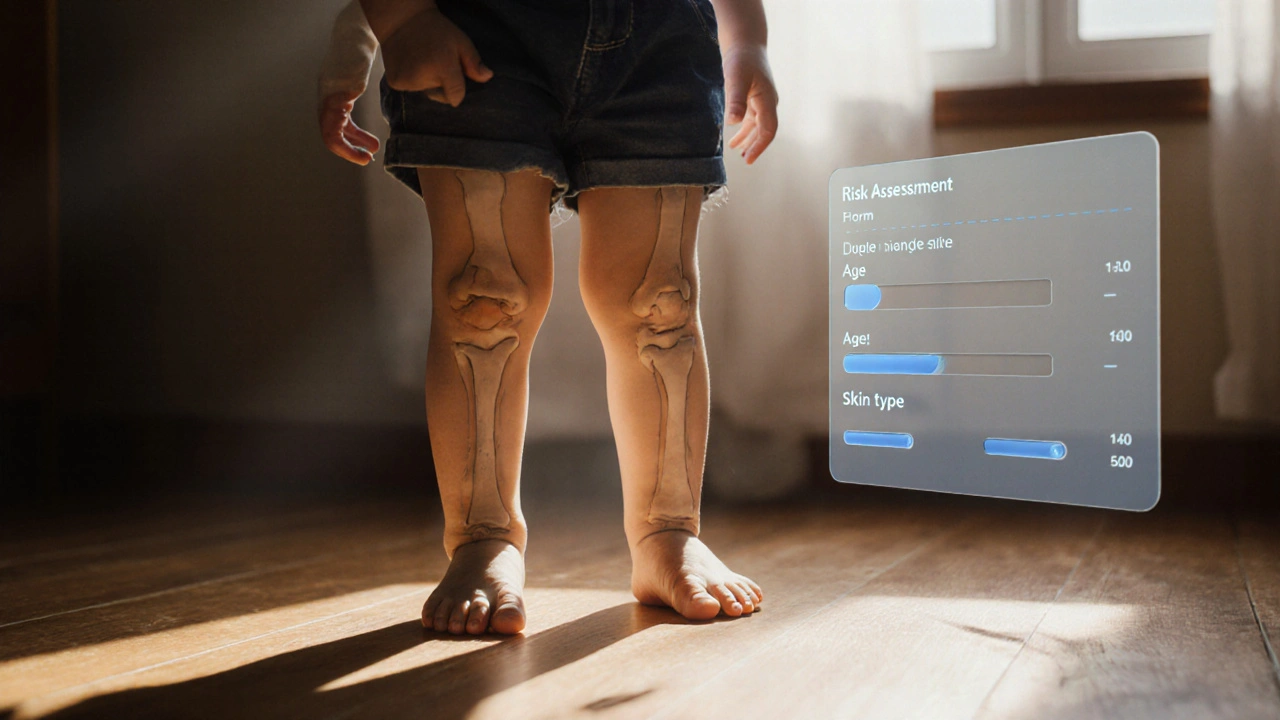Clinical Trials: What They Are, How They Work, and What They Mean for Your Health
When you take a pill for high blood pressure, an antibiotic for an infection, or a new drug for diabetes, you’re using something that went through clinical trials, systematic tests in humans to evaluate the safety and effectiveness of medical treatments. Also known as human trials, these studies are the final step before a drug gets approved by the FDA or other health agencies. Without them, we wouldn’t know if a medicine actually works—or if it’s safe enough to give to millions.
There are four main phases in a clinical trial, a research study that tests medical, surgical, or behavioral interventions in people. Phase 1 starts with a small group, often healthy volunteers, just to see if the drug causes serious side effects. Phase 2 moves to people with the condition the drug targets, checking both safety and whether it shows any benefit. Phase 3 expands to hundreds or thousands of patients across multiple sites, comparing the new drug to existing treatments or a placebo. Only after all three phases show solid results does the FDA consider approval. Phase 4 happens after the drug is on the market, watching for rare side effects that only show up over time or in larger populations.
FDA approval, the official authorization by the U.S. Food and Drug Administration to market a drug based on clinical trial data doesn’t mean perfection—it means the benefits outweigh the risks for most people. That’s why some drugs get pulled later, like those that increase heart attack risk in older patients. Clinical trials don’t just test pills. They study devices, surgeries, lifestyle changes, even vaccines. The trial for the first COVID-19 vaccines? That was a global clinical trial effort unlike anything seen before.
Many of the posts here focus on drugs that went through these trials—like isosorbide dinitrate for angina, metoprolol for heart conditions, or zidovudine for HIV. Each of those medications was tested in real people before you could buy it. Even the side effects you read about—like drowsiness from antihistamines or allergic reactions to beta blockers—were first noticed in trials. And when a drug like sevelamer or amlodipine gets compared to alternatives, those comparisons often come from head-to-head clinical trials.
What you’ll find in this collection isn’t just a list of articles. It’s a behind-the-scenes look at how the medicines you rely on were proven safe and effective. You’ll see how clinical trials shaped the use of ACE inhibitors in pregnancy, why nitroglycerin safety matters for workers, and how glaucoma eye drops like Xalatan were tested against older options. These aren’t abstract studies—they’re the reason you can trust what’s in your medicine cabinet.

The Future of Rickets Research: What We Can Expect
Caspian Mortensen Oct, 4 2025 10Explore the latest advances shaping rickets research, from genetics and AI imaging to new treatments and global prevention strategies.
More Detail